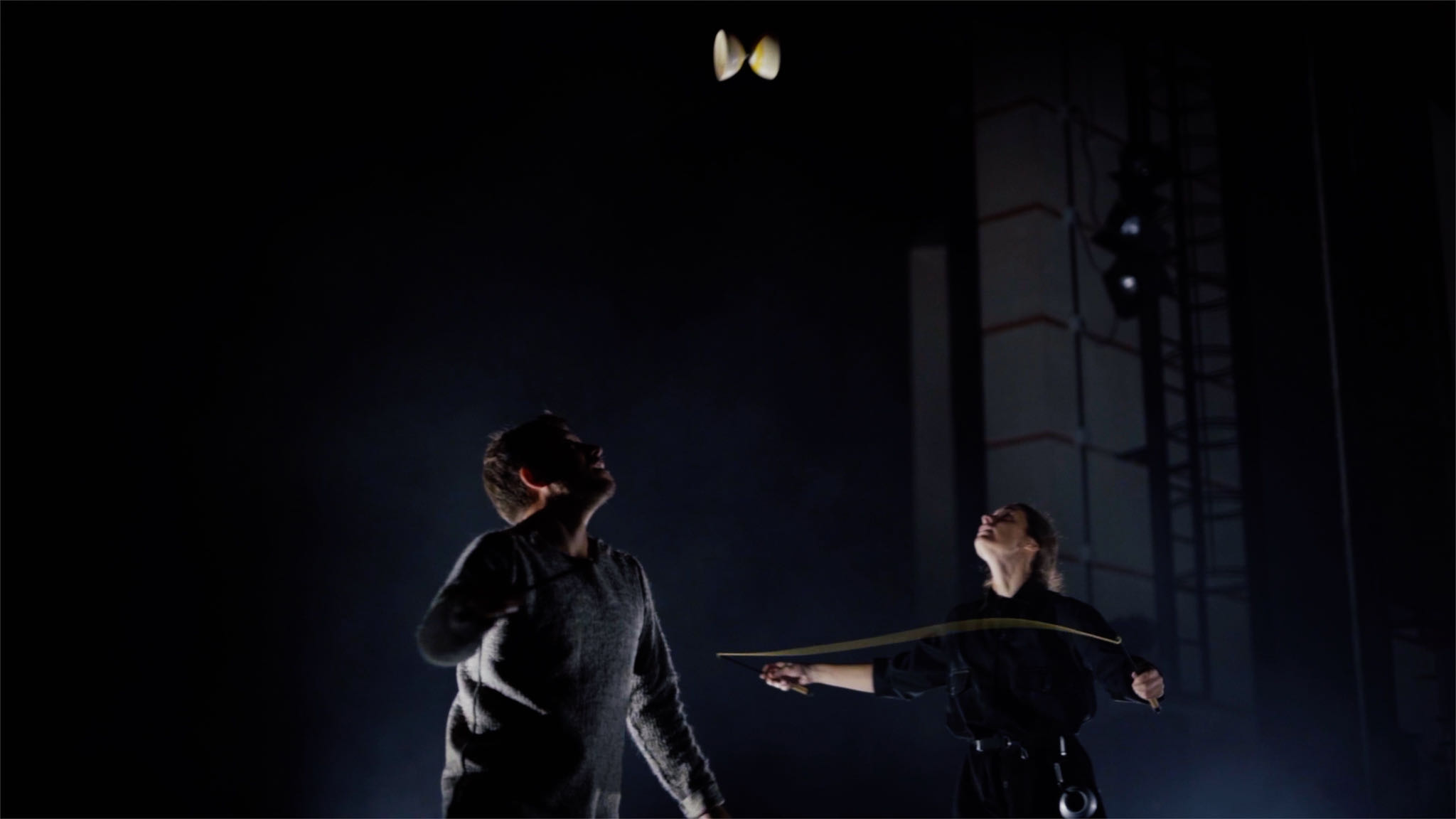Circus has indeed evolved over time, and with it, the terminology used to describe it has also changed. Nowadays, it’s common to hear the term “contemporary circus” to refer to works that push the boundaries of traditional circus. However, the question arises: Is this terminology still effective in accurately describing circus in 2023, or is it flawed and meaningless?
One issue with the term “contemporary” implies a connection to the present time, everything that is created today is contemporary by definition. In this sense, labeling a circus show as contemporary is redundant and adds no real value to the understanding of the work and d only serves to create confusion and limit the potential of the circus. We can simply stick with using the term circus.
Another problem with the term is that it may not accurately represent the diverse range of styles and techniques found in modern circus performances. While some artists may draw inspiration from traditional circus acts, others may incorporate influences from dance, theater, or other art forms. Rather than relying on a blanket term like “contemporary circus,” it may be more informative to use specific labels that reflect the unique characteristics and techniques of each individual performance. Ultimately, the circus is a constantly evolving art form that cannot be confined to a single label or genre.
The term “contemporary circus” has been used to describe the circus that is performed today and is not traditional, but is it really an accurate label? I argue that calling it contemporary circus is a misnomer, and that it is limiting the diversity and potential of the circus as an art form.
Let’s compare circus to music. Music has various genres such as punk, rock, jazz, and more. These genres are used to classify different styles of music and to help audiences understand what to expect from a particular artist or performance. In this sense, genres serve a purpose in cataloging and appreciating the art form.
I know that I am repeating myself, but calling the circus “contemporary circus” is problematic because it suggests that the circus of today is only a continuation of the circus that has been performed for centuries, but with modern twists. In reality, the circus of today is vastly different from its historical counterparts. Circus has evolved into a more artistic and expressive art form and come from diverse artistic areas and approaches.
Labelling our work “contemporary circus” is limiting because it implies that there is only one kind of circus being performed today. In reality, there are many different styles and genres of circus, each with its own unique characteristics and techniques. By labeling it all as “contemporary circus,” we are missing out on the richness and diversity of this art form.
Despite its flaws, the term “contemporary circus” continues to be used, particularly when it comes to applying for grants or funding. Arts administrators and funding bodies often have a preference for the term “contemporary” in applications, as it suggests innovation and pushing boundaries.
This overreliance on a single term can be limiting for the vocabulary and imagination of the circus universe. Over time, this can prevent artists from using concrete vocabulary to define their work, as they feel pressure to use the buzzword “contemporary” in order to secure funding. It’s time for us to move beyond this limiting terminology and embrace the diversity and richness of the circus as an art form.
I suggest that we abandon the term “contemporary circus” and instead use more accurate and descriptive labels for the various styles and genres of circus being performed today. Let’s embrace the diversity and richness of the circus as an art form, and appreciate it for what it truly is.
I’m would love to hear from you! What kind of circus performance resonates with you the most? Are you drawn to the raw aesthetic? Perhaps you prefer circus performances that blend other art forms, or maybe you appreciate other circus genres, witch ones? Whatever your preference, I’d love to hear your thoughts and invite you to join in on the conversation by sharing your comments below.




Leave a Reply
You must be logged in to post a comment.